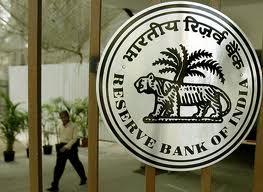RBI Restricts Equity Investment
 On the last day of every quarter, the Reverse Bank of India develops the balance of payments for the next quarter and combines statements, texts and charts. The RBI has become the primary source for information when it comes to the external sector.
On the last day of every quarter, the Reverse Bank of India develops the balance of payments for the next quarter and combines statements, texts and charts. The RBI has become the primary source for information when it comes to the external sector.
The RBI is meant to compile necessary documents and make it widely available to external payments for the purpose of analysis. The most important thing necessary is to make sure that the ratio of current account deficit to gross domestic product is balance. The balance of payments is presented and also compared to past quarters.
THE RBI has also set limits to equity investment in other companies and subsidiaries in order to prevent bank from having a significant influence over entities. Banking authorities have stated: “Equity investments in companies engaged in non-financial services activities would be subject to a limit of 10 per cent of the investee company’s paid-up capital or 10 per cent of the bank’s paid-up capital and reserves, whichever is lower”.
It is necessary for equity holding to be restricted so companies are controlling or having significant influence. The RBI states that equity investments have made banks under the ‘Held for Trading’ category in non-financial companies and can calculate for 10% ceiling.